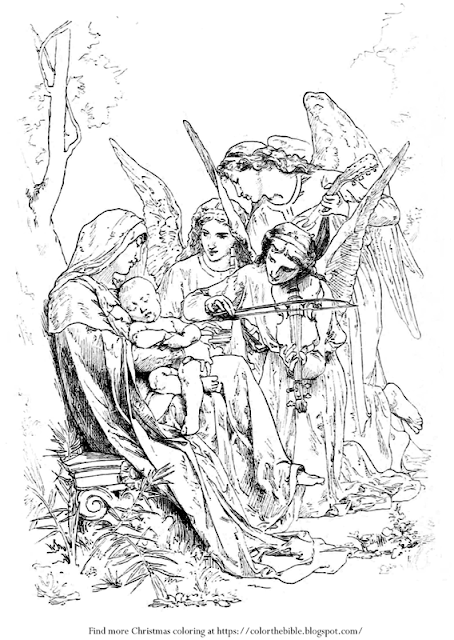"But Peter said, “I don’t have any silver or gold for you. But I’ll give
you what I have. In the name of Jesus Christ the Nazarene, get up and
walk!” Acts 3:6
Long, long ago there lived in Jerusalem a certain lame man. He was over forty years old, but he had never been able to walk at all. When other babies were learning to toddle he had lain still and quiet, not because he did not want to walk, but because his little feet and ankles were quite powerless. Later he had watched the boys at their merry games and longed to join them ; but his poor, useless legs would not bear him, and he was obliged just to look on and long. Then he had grown to be a man, and he had seen other men, strong and straight, go out to fight the world and earn their bread, and still he lay helpless; and as he was poor and could not work, his friends carried him daily and laid him at the Beautiful Gate of the Temple so that he might ask alms of those who were going in to pray.
I do not know why he chose the Beautiful Gate. Perhaps because it was one of the main entrances. Many people passed that way, and he would be likely to receive a good deal of money. Perhaps it was because he liked to have something beautiful to look at, for the name seems to tell us that this gate was more beautiful than any of the others. At any rate, there he lay day after day, year after year, until he came to be a middle-aged man.
Then one morning he saw two men approaching. They were plainly clad and seemed to be poor men, but they had kind faces. Perhaps they might be able to spare him a few small coins. As they passed he stretched out a hand to ask for alms. The men stopped and looked at him steadily. This was something different from what usually happened. People had got so accustomed to seeing him there that they either passed him by unheeding or, barely glancing at him, dropped a coin into his hand. But these men stopped to look at him, and the elder one spoke. "Look on us," he said. And the lame man obeyed, expecting to receive a coin. But he was going to receive something that would be of more value to him than all the money in the world. "Silver and gold have I none," said the stranger, "but what I have, that give I thee. In the name of Jesus Christ of Nazareth, walk." Then he stretched out his hand to raise him up, and the lame man grasped it. Immediately strength came into his ankles and his feet, and springing up he stood and walked for the first time in his life.
He went with the two strangers into the Temple, walking, and leaping, and praising God. And all the people who saw him were filled with wonder, for they knew that this was the man who for long years had begged for alms at the Beautiful Gate of the Temple.
You know that this is a true story, that the stranger who healed the lame man was none other than the apostle Peter. Now, if you forget all the rest of the story, I want you to try to remember just one little bit Peter's gift to the lame man. "Silver and gold have I none," he said, "but what I have, that give I thee."
I think most boys and girls are a little like Peter. They haven't got any silver and gold to give; sometimes they haven't even any pennies. Well, perhaps they have something better. I don't say that it is not good to give pennies if you have them, especially if you have to give up something you want in parting with them, but there are some things worth more than money.
This story of Peter and the lame man reminds me of an incident in the life of a great Russian author and prince, Count Tolstoy.
One day, in the streets of Petrograd, he came upon a beggar who held out his hand and asked for alms. The count felt in all his pockets, but not a single coin could he find. But he had something with him that he carried always. He went to the beggar and said, "Brother, I have nothing, but I take your hand, and I love you." And the beggar, touched by the warm kind words, looked up in the count's face and said, " Thank you, brother, that also is a gift."
That is a gift we can all give; is it not? The gift of love and kindness and sympathy. And it is a gift more precious than gold. Rev. Hastings
If any little word of mine
May make a life the brighter,
If any little song of mine
May make a heart the lighter,
God help me speak that little word.
And take my bit of singing,
And drop it in some lonely vale,
To set the echoes ringing !
If any little love of mine
May make a life the sweeter.
If any little care of mine
May make a friend's the fleeter,
If any lift of mine may ease
The burden of another,
God give me love, and care, and strength
To help my toiling brother.











